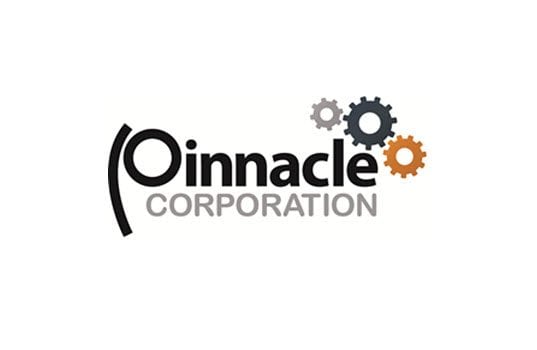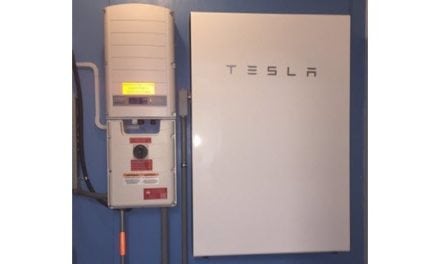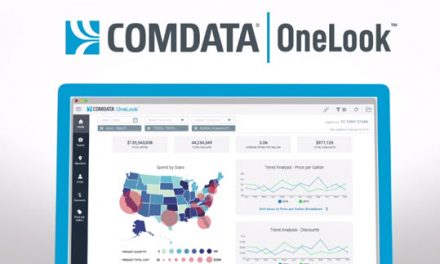Perhaps you’ve been in a large metropolitan area, close to an event that is just letting out, only to see millennials on the sidewalk on their smartphones. Chances are, they’re waiting for an Uber or a Lyft, the two most popular ridesharing companies in the country. Those in the 16-34 age range who live in metropolitan areas are the most frequent ridesharing users. What do their habits mean for c-store owners, in particular, their means of payment and ridesharing habits?
What began as a luxury car hailing service in Uber then became a billion dollar company operating across the country. Uber and Lyft’s biggest advantage in their rapid growth has been their medium. In a time where people are able to do work on their smartphones, so too can you hail a ride across town, without exchanging cash. A BI Intelligence survey found that 40% of millennials would give up cash completely if it was an option—and Uber and Lyft make that possible.
To understand what the evolution of ridesharing means for fuel marketers, we must first know that Uber and Lyft in particular are in the arena of recruiting more drivers—and with that, comes fuel.
Uber has aimed to assist drivers in being more cost efficient by providing them with a ‘Fuel Finder’ app that assists drivers in finding the cheapest gas on their routes. This introduces more competition for c-store gas stations, as you are no longer competing against the nearest competitor, but ridesharing apps may be leading customers to them.
Uber has gone as far as to offer drivers gas discount cards. Exxon has partnered with the company to save drivers money at the pump in major cities where Uber performs best, with further expansion in the coming months. In high cost urban centers, drivers often opt for hybrid vehicles and subcompacts to curb their fuel consumption. Uber has also upgraded their driving route maps to allow for up-to-the-minute traffic information, construction and most fuel efficient routes- further diminishing their energy consumption.
So, how big is the ridesharing economy? As the Fuels Institute says, it may be too soon to tell. Since the ridesharing phenomenon began, approximately 500,000 vehicle purchases have been forgone. That said, it represents a mere 0.2% of the current vehicle fleet in the United States. Added to this complex category, Uber and Lift continue to update and modify their services. Not only can passengers share fares as a group, drivers can also pick up additional fares in-route. As of recently, Uber clients no longer need to be in a car to be benefitting from the service. Uber has expanded its service to food delivery as well—allowing someone at home to order from a local restaurant with Uber delivering their meal.
Uber, Lyft, and other ridesharing companies can provide opportunities for the c-store industry though they also present challenges. Fuel marketers need tightly controlled inventory processes to make sure they are getting the most out of the fuel category. Retailers need to look to the responses of companies like Uber and Lyft for ways to engage millennials and meet their needs and desires regarding mobile payments, mobile apps and loyalty. With Pinnacle solutions, convenience stores can not only meet these new challenges, but adapt and turn them into competitive advantages.










